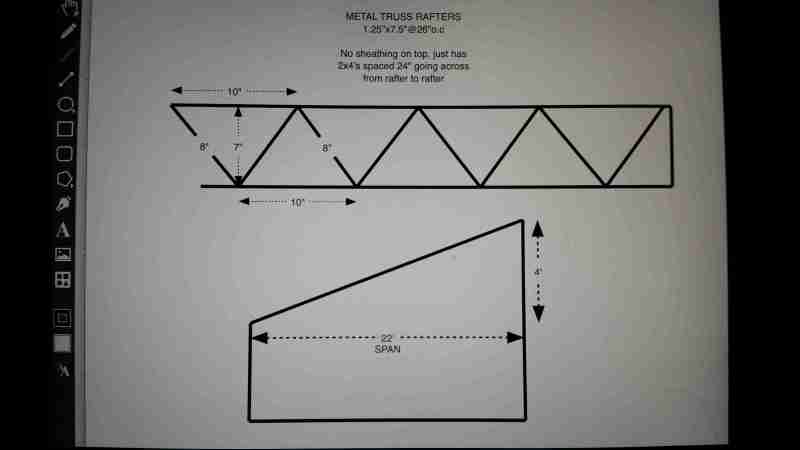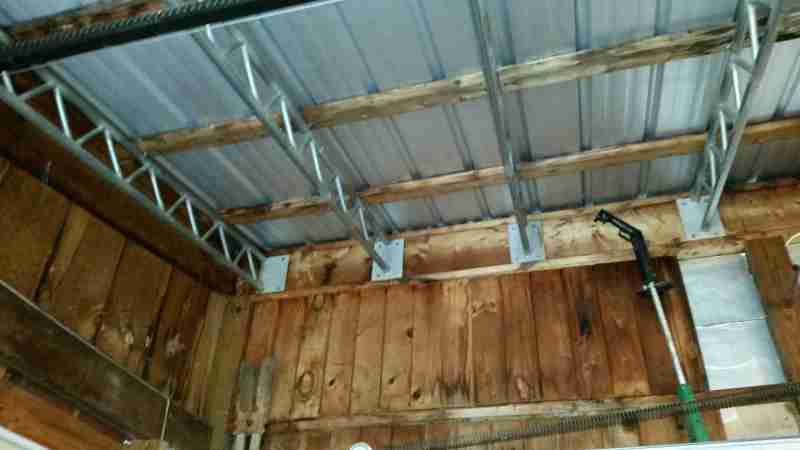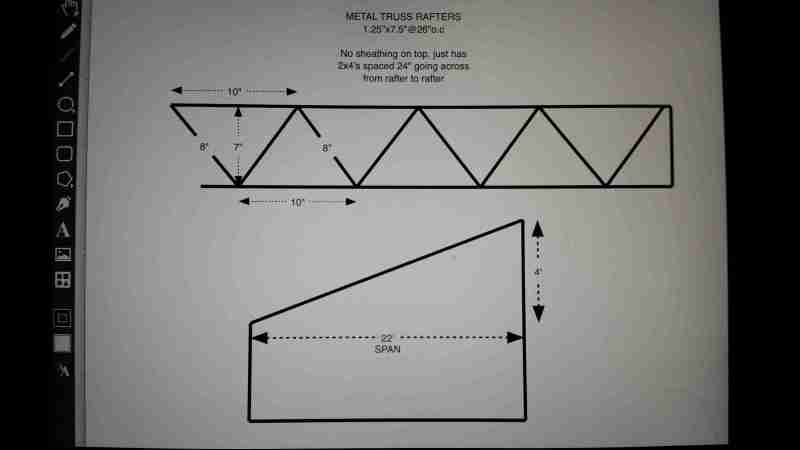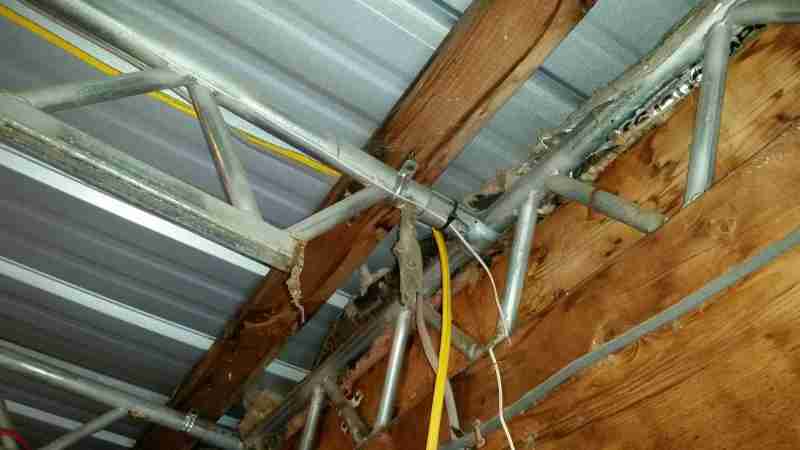Daniel Kaufman PE
Structural
Hello All Structural Steel experts, I am trying to classify this Steel Web Truss. I have attached the data gathered by our site assessment.



Thanks.



Thanks.
Follow along with the video below to see how to install our site as a web app on your home screen.
Note: This feature may not be available in some browsers.




I would think assuming sch. 40 is un-conservative. Start with 18ga fence tubing and go from thereCANPRO said:I would start with a very conservative analysis assuming a low steel strength and maybe assume schedule 40 pipe

